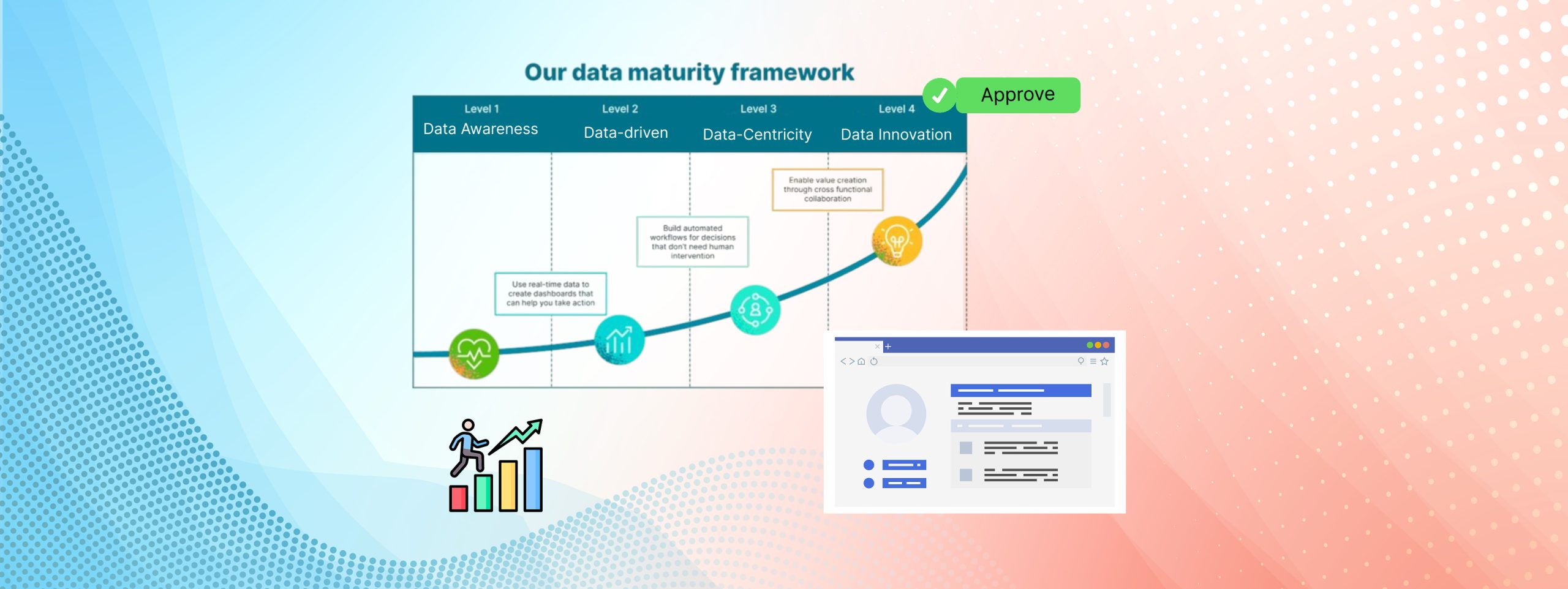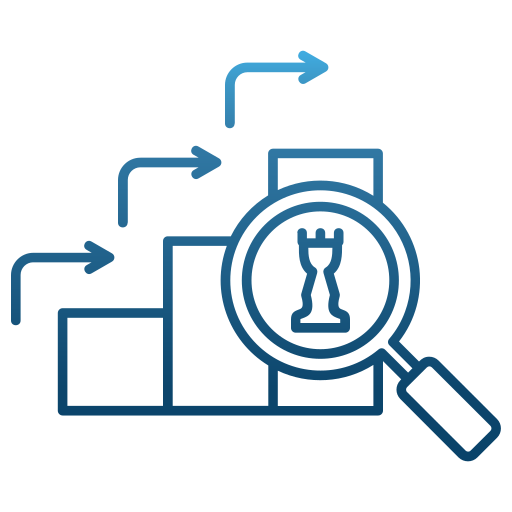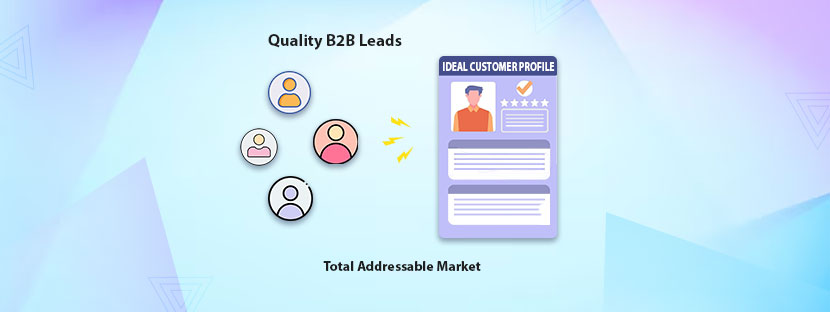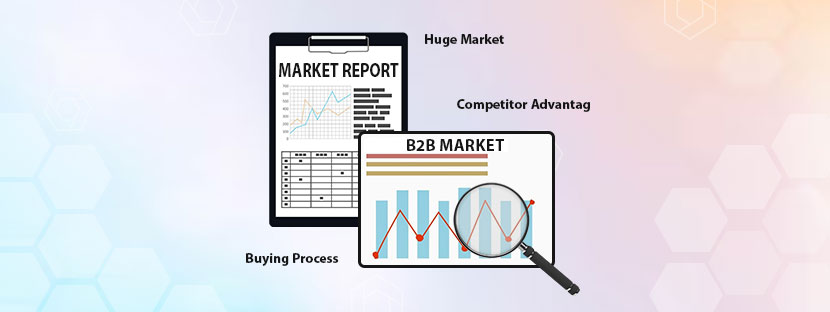“Data-mature companies always make decisions based on the available data metrics rather than just gut feelings.”
If you can understand the above line, you can understand data maturity easily.
Well, data maturity indicates the way a company leverages data to make rational decisions. For example, if a company makes decisions based on quantitative and qualitative insights, then you can say the company is data-mature. They know how to apply data and where to apply the data.
A data-mature company knows exactly where to utilize its data. Rather than guesswork and other random things, data maturity leaders always gather specific tools and practices that support their decisions. For example, they may check A/B testing before releasing any product, or check all data metrics seriously before launching any campaign.
Data maturity of your organization can be measured on the basis of how your data is…
🔹 Processes
🔹 Analyzed & Utlized
Most importantly, the quantity of your data does not work here; only quality data can make your organization a data-mature one. There are certain ways to improve data quality measures; you can follow them too. Data maturity comes with quality data by your side. Hence, you need to focus on that aspect fondly.
Incorporating data management practices and data quality tactics leverages data efficiently and enhances organizations’ data maturity level. It enables organizations to utilize the full potential of data assets and make more rational decisions.
Stages of Data Maturity

Stage 1: Data Awareness
This is the initial stage where organizations realize the importance of data and start to explore. It starts with an exploration of available analytics and data metrics. This leads them to understand the potential of the data. During this data awareness phase, organizations usually focus on various activities, which are
🟠 Realizing the significance of data and the role of data insights in the decision-making process.
🟠 Explore the available tools that are meant for data analysis.
🟠 Understanding the compatibility of data analysis
🟠 Identifying sources and types of data operated within the organization and externally
🟠 Measuring the reliability of the data
🟠 Assessing data quality and checking compatibility for understanding potential
Data awareness is a stage that sets the foundation for the next step of data maturity. It does the groundwork for further advancement.
Stage 2: Data-driven
Now, at this stage, the organization started believing in the power of data, and they prioritize data insights in the decision-making process. Data analysis becomes the true point to guide businesses in making decisions. Instead of assuming things based on intuition, data-driven decisions always provide better insights and deliver better outcomes. Data-diven stage includes the following things;
🔵 Collect and analyze specific sets of data to gain insights and make better decisions.
🔵 Considering customer behavior patterns, market trends, business performance, etc, for the analysis.
🔵 Getting better outcomes by optimizing the data-driven process and strategies
This data-driven stage is nothing but showing the promptness of the organization in accepting the new culture of data. However, the adoption of a data-driven culture in organizations still remains in the same position, which is 59.5% (same percentage over the years). At this age, businesses have to realize the benefits of a data-driven culture and act accordingly.
Stage 3: Data-Centricity
Data-centricity literally means placing data at the center of your decision-making process. As data is positioned at the core of the organization’s decision-making process, it shows the value and importance of data throughout the entire organization. When an organization decides to put data into a central place, it encourages the following things;
🟣 Accepting data as a strategic asset and regarding it as a valuable resource. Data can bring insights, competitive advantages, and, of course, innovation to the system and in the decision-making process.
🟣 Data is supreme and a priority.
🟣 Establishing data governance and data management practices strictly in the organization to maintain the quality, compliance, and security intact.
🟣 Bringing rigorous analytics into the system to make more informed decisions based on evidence.
🟣 Integrating all the possible aspects of data with all resources to develop a holistic view of the operations.
🟣 Developing a culture in the organization that encourages data to be involved everywhere. Along with that, encourage data literacy across the organization.
Stage 4: Data Innovation
This is the final stage where organizations are already using data to make decisions. However, this stage promotes and encourages organizations to try out new things. It drives insights and creates new opportunities, and helps organizations to achieve new competencies. More than that, it harnesses the power of data to discover new patterns and bring innovative solutions to solve complex business or industry challenges.
🟡 Incorporating new data measures into the existing system. It includes artificial intelligence, machine learning measures, and also advanced analytics to be precise. This brings new innovations to be unlocked and measured.
🟡 Doing experiments with new things and encouraging data-driven creativity to support risk-taking tasks.
🟡 Following the market trend and adopting new things with the complete support from data measurements. This brings better management of data and fosters rich customer experiences.
Organizations go through a lot of things together when reaching this stage. They adopt agile methodologies to work that enable them to quickly iterate on data-driven ideas and implement better data usage measures.
How to Determine Your Organization’s Data Maturity Level
Checking key components of data maturity helps organizations check their data maturity levels. These components are simple, where you need to check a few things first. As the adoption of data-driven measures into the system is here important so we need to focus on that. You need to check the following three things for that;
Strategy
To execute the plan, you need the right people and the best skills. Most of the data-driven companies prefer outsourcing their data processing needs. It helps them bring the right people for the dedicated work.
Technology
With changing stages in the data maturity curve, organizations would experience a change in their tech stack, too. Adapting to the new changes is the right way to stay in order.












